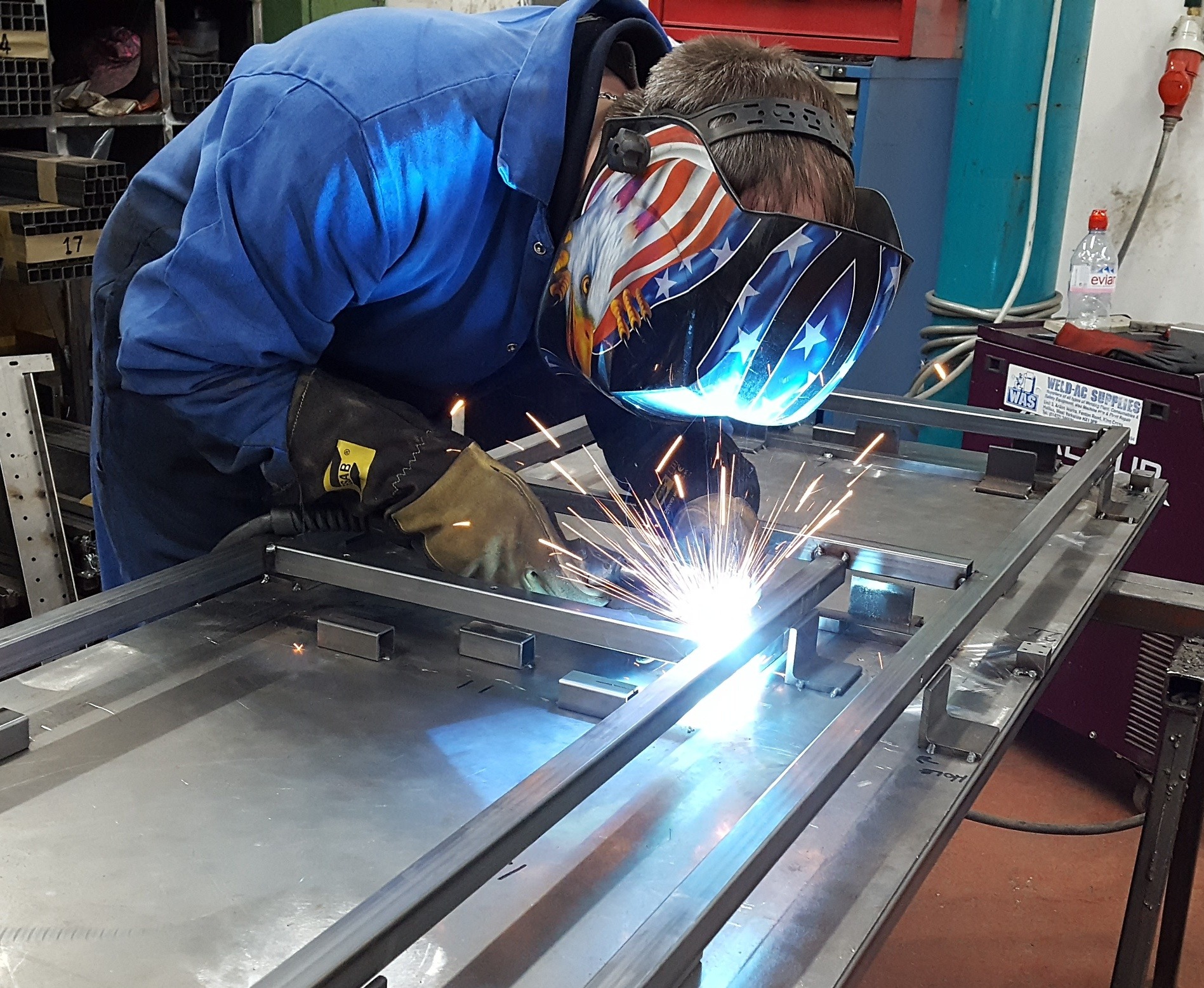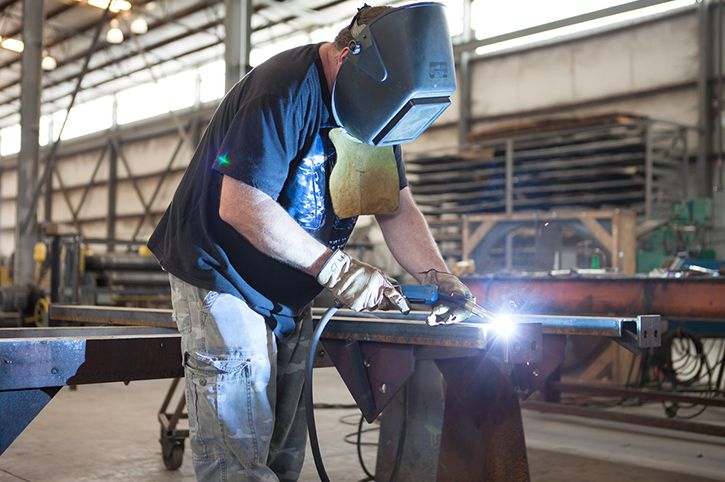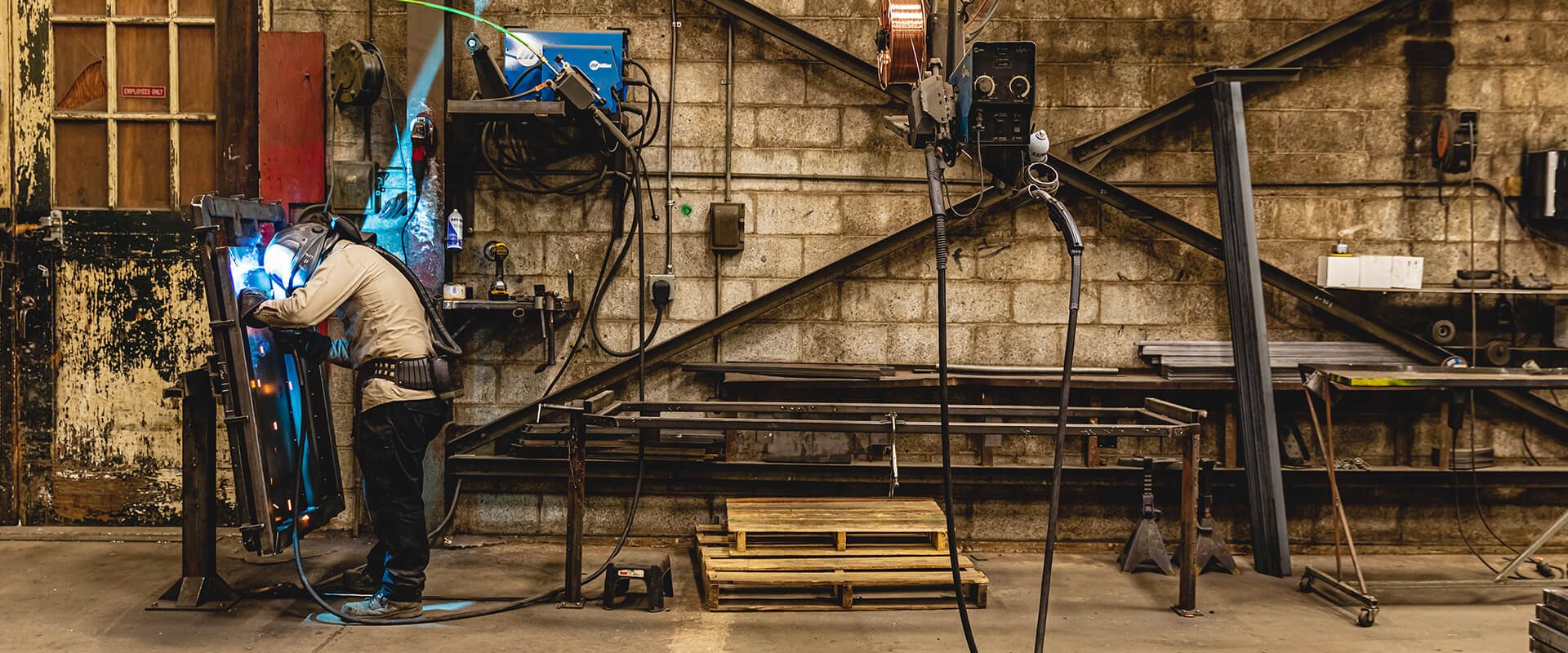Major weld defects tackled by Belgrade Welding experts
Wiki Article
Usual Welding Repair Service Issues and Exactly How to Address Them Effectively
Welding fixings usually run into a series of concerns that can threaten the honesty of the end product. Common issues consist of poor penetration, porosity, and misalignment, to name a few. Each issue presents special obstacles that need particular techniques for resolution. Comprehending these concerns is important for welders intending to improve their results and abilities. This conversation will discover these common welding repair service concerns and effective techniques to resolve them.Inadequate Infiltration
Poor infiltration occurs when the weld metal fails to completely fuse with the base material, leading to weak joints and potential structural failures. This problem often stems from not enough warm input, inaccurate electrode angle, or incorrect welding speed. Welders might experience inadequate penetration as a result of a miscalculation of the needed parameters for a details material thickness or kind. Furthermore, contamination on the base material's surface can impede reliable bonding, exacerbating the trouble. To attend to poor infiltration, welders need to guarantee proper settings on their tools and maintain a tidy job surface. Regular evaluation of welds is suggested to identify any kind of shortages early, enabling prompt corrections and the prevention of compromised structural integrity in welded assemblies.Porosity
Porosity is an usual problem in bonded joints that manifests as little gas bubbles entraped within the weld metal. This flaw can jeopardize the honesty of the weld, leading to minimized strength and prospective failing under tension. Montana Mobile Welding and Repair Fabrication. Porosity normally develops from contamination, moisture, or improper welding techniques, which permit gases to get away right into the molten weld pool. To address porosity, welders must assure proper surface preparation, maintain a tidy working environment, and use ideal welding criteria. Furthermore, picking the ideal filler material and shielding gas can reduce gas entrapment. Normal evaluation and testing of welds can aid recognize porosity early, guaranteeing timely restorative activities are taken, therefore preserving the quality and integrity of the welded frameworkImbalance
Imbalance in welding can emerge from different factors, consisting of inappropriate arrangement and thermal expansion. Recognizing the source is vital for effective resolution. A number of improvement strategies are readily available to realign components and guarantee architectural stability.Reasons for Imbalance
Welding imbalance commonly originates from a variety of underlying concerns that can jeopardize structural integrity. One main reason is incorrect fit-up of components prior to welding, which can result in voids and unequal surface areas. Variations in thermal development throughout the welding procedure can additionally result in distortion, especially if the products being joined have various coefficients of expansion. Furthermore, poor securing and fixturing may fall short to hold components securely in area, leading to movement throughout welding. Poorly conserved devices, consisting of welding equipments and devices, might introduce variances in the weld grain, further adding to imbalance. Driver mistake, stemming from inadequate training or experience, can also play a substantial role in developing misaligned welds.
Modification Methods Available
Dealing with misalignment efficiently needs a mix of rehabilitative strategies tailored to the certain problems available. One typical technique is the usage of components or jigs to hold elements in the correct position throughout welding, making sure constant placement. Furthermore, pre-heating the materials can aid lower distortion and enhance fit-up. For considerable imbalance, mechanical adjustment strategies, such as making use of hydraulic jacks or clamps, can be employed to fix the placement prior to welding. Post-weld warmth therapy may also be essential to alleviate tensions brought on by imbalance. Ultimately, cautious evaluation and modification during the configuration phase can stop misalignment concerns from becoming substantial issues, advertising a smoother welding procedure and boosting total architectural integrity.Distortion
Distortion is an usual difficulty in welding that can occur from various aspects, including unequal cooling and heating. Comprehending the sources of distortion is important for applying efficient prevention techniques. Resolving this concern not just improves architectural stability yet also enhances the general high quality of the weld.Reasons of Distortion
When based on the intense heat of welding, products usually undergo adjustments that can cause distortion. This phenomenon mainly develops from thermal development and contraction during the welding procedure. As the weld location warms up, the product broadens; upon air conditioning, it gets, which can develop inner stresses. Furthermore, unequal heating throughout a workpiece can intensify these stresses, resulting in bending or bending. The kind of product also plays a significant duty; steels with differing thermal conductivity and coefficients of expansion might react in different ways, causing unforeseeable distortions. Inadequate joint design and insufficient fixturing can contribute to imbalance during welding, enhancing the possibility of distortion. Recognizing these reasons is crucial for effective welding repair and prevention techniques.Prevention Techniques
Efficient prevention strategies for distortion throughout welding concentrate on controlling warmth input and guaranteeing proper joint design. Maintaining a regular heat input aids to minimize thermal growth and contraction, which can bring about distortion. Utilizing strategies such as pre-heating the work surface can additionally lower the temperature slope, promoting uniform home heating. Furthermore, choosing ideal joint layouts, such as T-joints or lap joints, can improve stability and minimize stress and anxiety focus. Implementing proper fixturing to protect the work surfaces in area even more help in maintaining positioning during the welding process. Finally, staggered welding series can distribute heat extra evenly, protecting against local distortion. By applying these strategies, welders can significantly decrease the possibility of distortion and enhance the general top quality of their welds.Breaking
Cracking is a typical issue experienced in welding repairs, often arising from various variables such as incorrect cooling rates, product option, or insufficient joint preparation. The incident of cracks can considerably jeopardize the honesty of the weld, leading to potential failures during operation. To resolve this issue, welders have to first evaluate the origin, guaranteeing that products are compatible and properly selected for the specific application. In addition, regulating the air conditioning rate throughout the welding procedure is vital; quick air conditioning can cause anxiety and result in splitting. Appropriate joint style and prep work also contribute to minimizing the risk. Applying these methods can enhance weld top quality and resilience, ultimately decreasing the probability of splitting in finished weldments.
Insufficient Combination
A significant concern in welding repairs straight from the source is insufficient blend, which occurs when the weld steel does not adequately bond with the base product or previous weld passes - Montana Mobile Welding and Repair Belgrade Fabrication. This problem can cause weaknesses in the joint, potentially jeopardizing the stability of the welded framework. Aspects contributing to incomplete fusion include inadequate heat input, improper welding method, and contamination of the surfaces being joined. To address this concern efficiently, welders should assure appropriate pre-weld cleansing and surface area prep work, as well as readjust their welding specifications to attain adequate penetration and combination. Normal examination throughout the welding process can also help recognize insufficient fusion early, enabling for prompt corrective steps to enhance the overall quality of the weldOverheating
While welding repairs can enhance structural honesty, overheating provides a considerable difficulty that can bring about material degradation. Too much heat during welding can alter the mechanical residential properties of metals, resulting in reduced stamina, enhanced brittleness, and warping. This phenomenon is specifically crucial in high-stress applications where structural dependability is paramount. Identifying getting too hot can include aesthetic assessments for discoloration or distortion, as well as checking temperature level throughout the welding procedure. To mitigate the threats associated with getting too hot, welders ought to use suitable strategies, such as controlling heat input, readjusting traveling rate, and using appropriate filler products. In addition, carrying out pre- and post-weld warm therapies can help restore product buildings and boost the overall website here top quality of the repair, making sure long-term efficiency and safety.Frequently Asked Questions
What Are the Usual Indications of a Welding Issue?

Just How Can I Examine My Welds for Quality?
To check welds for high quality, one can use visual inspections, ultrasonic screening, and radiographic techniques. Each technique guarantees architectural stability, recognizes issues, and verifies adherence to defined requirements, eventually enhancing the dependability of the bonded joints.What Safety and security Preventative Measures Should I Take While Welding?
When welding, one must focus on safety by putting on ideal individual safety tools, guaranteeing proper air flow, securing flammable materials away, maintaining a tidy work area, and recognizing surroundings to avoid injuries and accidents.Can I Fix a Weld Without Renovating the Entire Joint?
Repairing a weld without remodeling the whole joint is possible, depending upon the damage (Belgrade). Methods such as grinding, including filler product, or utilizing a welding procedure can effectively deal with details flaws while protecting the bordering frameworkWhat Equipment Are Necessary for Efficient Welding Repair Works?
Crucial tools for effective check my blog welding repair work include a welding machine, wire brush, grinder, protective equipment, clamps, and filler materials. Each tool plays an important function in making sure quality and safety during the repair process. Porosity commonly occurs from contamination, wetness, or incorrect welding methods, which permit gases to get away right into the molten weld pool. Improperly maintained tools, consisting of welding makers and devices, might introduce incongruities in the weld bead, more adding to misalignment. When subjected to the extreme warmth of welding, materials usually undertake adjustments that can lead to distortion. Splitting is a typical issue run into in welding repairs, usually resulting from various aspects such as inappropriate air conditioning rates, material selection, or poor joint preparation. A significant issue in welding repair services is insufficient combination, which happens when the weld steel does not appropriately bond with the base product or previous weld passes.Report this wiki page